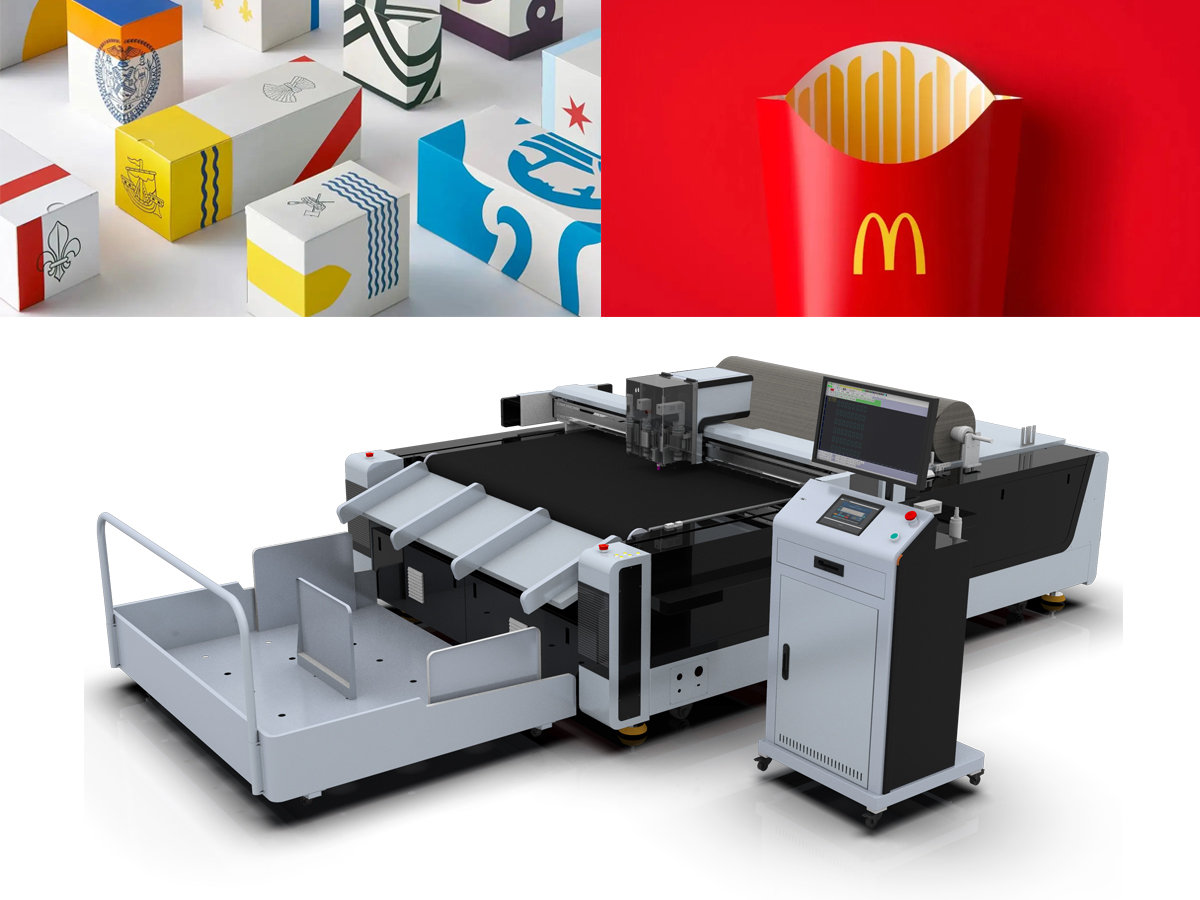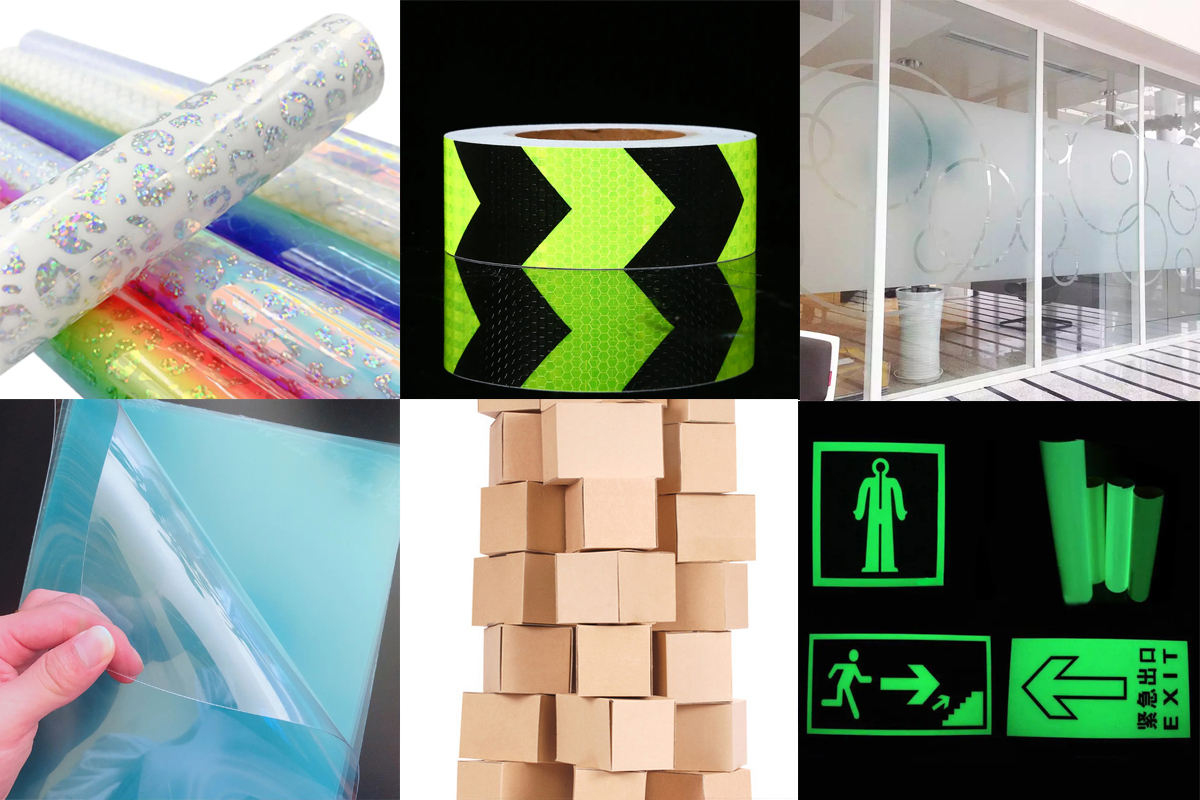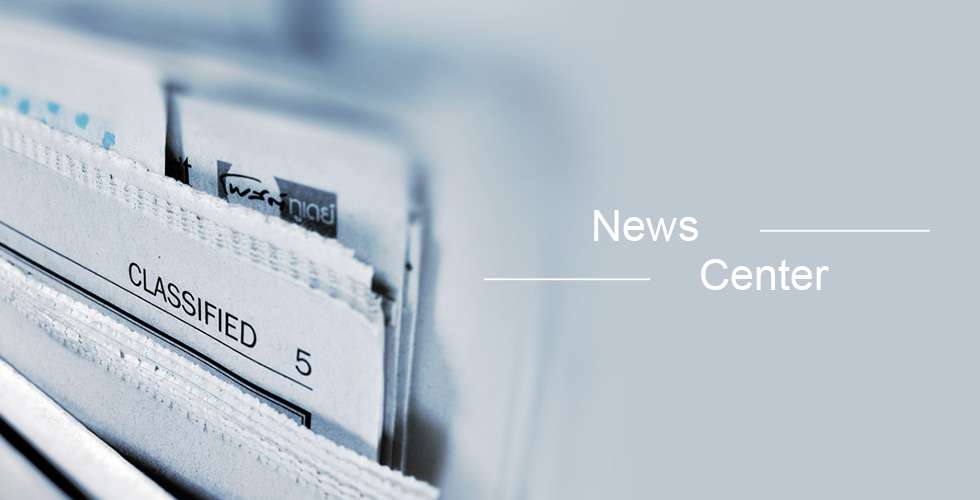Speaking of lettering knives for cutting paper and cardboard, we can only begin with an overview of today's packaging world and the opportunities it offers. This world has seen exponential growth over the past decade. The growth has really peaked in the past two years. Both traditional packaging and, most importantly, personalized packaging are growing. Personalized packaging refers to packaging that, due to its sophistication and uniqueness, can increase the quality perception of the brand and the products it contains, helping to differentiate it from other products.
The growth of the packaging industry has created very interesting and profitable opportunities for operators in this sector and has pushed many small printing businesses to purchase cutting plotters.

How does a cutting plotter for paper and cardboard help you in your work?
Cutting plotters for paper and cardboard help you create those small products that, until a few years ago, were entirely entrusted to die manufacturers, who were responsible for the creation of the dies and die-cuts. Today, however, these activities represent interesting opportunities for printing companies.
One of the major hurdles that all printing companies have to deal with is model making. In the past, this activity was usually done by the manual skills or techniques of a craftsman, which made this work a niche market reserved for a select few.
Nowadays, cutting plotters allow you to go from the design phase to the production phase very quickly. It is undoubtedly much easier to present a real project than on paper or on a screen. Even more intuitive is to see how easy it is to get an order by providing a model that is comparable to the finished product.
What materials can it cut?
Cutting plotters can cut a wide variety of roll and sheet materials.
The most widely used in printing is colored and heat-sealable adhesive vinyl.
Here is a short list of the range of cutting supports you can use
Colored self-adhesive engraving vinyl
Self-adhesive vinyl with special finishes
Films for glass decoration and sandblasting
Translucent films for illuminated signs
Fluorescent and reflective films
Colored heat-seal materials for clothing
Magnetic vinyl
Adhesive PVC sheets for labels
Cardboard
Once the material has been cut, it can be peeled and applied.
The ability to cut a wide range of different media makes cutting plotters very versatile and can be used to create products that are sold in different industries and markets.

Advantages of paper and cardboard cutting machine:
1: Compatible with all commonly used design software. No matter which packaging design software is used, no conversion is required. Sample production can be completed by directly importing the control software.
2: With a drawing function head, you can quickly and easily draw mold line diagrams, which is convenient for the production of later molds.
3: Breakpoint recovery function. When the equipment is working, if it is suddenly interrupted due to external reasons, after resuming work, sampling can be completed from the interrupted part.
4: Data inspection function, seal and overlap inspection of design drawings to avoid problems such as uncut, repeated cutting or crimping at the same position when cutting samples.
5: Advanced control system, which can cut knife lines (dotted lines) and semi-wear.
6: Line merging function, automatically merge all line segments in the design drawing, avoid unnecessary movement during cutting or crimping processing, achieve fast non-stop operation, and improve equipment work efficiency and work accuracy.
7: Advanced roller creasing technology, equipped with a variety of folding wheels, suitable for crimping work of packaging products of different specifications
Our overview of flatbed cutting plotters for paper and board has come to an end.
In this article, we explored how to choose a device, the advantages of these machines and learned how does a cutting plotter work?
We hope that this article has been helpful to you. If you want to know more about the world of cutting plotters, we recommend that you read all the articles on this blog and continue to follow us.
Or, if you prefer, you can contact us directly by filling out the form below: we are always at your service!






 No.5789, Yushan Road, Jinan City, Shandong Province, China
No.5789, Yushan Road, Jinan City, Shandong Province, China +86 18560162709
+86 18560162709 250109
250109








